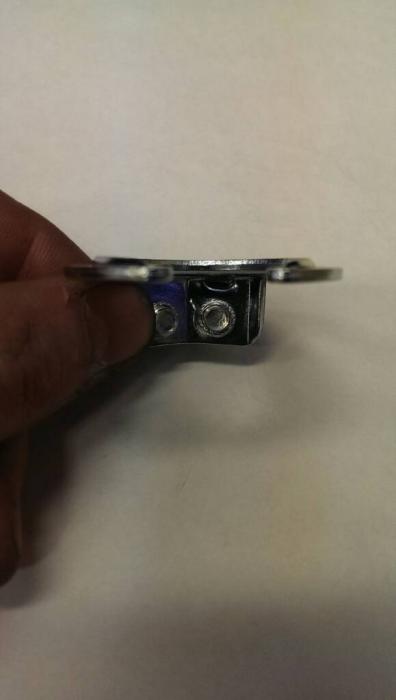- Joined
- Jul 21, 2013
- Messages
- 1,317
- Reaction score
- 305
Ok,
So only tonight have I learned that you cannot just solder your ground lead onto the side of your kettle like I had been planning to do. (Well, you can't do it with the electronics soldering kit I have.)
Not sure how I am going to proceed now.
What I am thinking at the moment....
- Remove the elements from both pots (you know, the ones that have already been water tested and past.)
- Teach myself how to silver solder
- Silver solder the crimp on wire bit to both pots
- Reinstall the elements (and rewater test them)
- Wire up the elements, run the ground wire into the crimp connector.
- Regular solder to attach wire to the crimp connecter
Is there any other way to do this? Any way that keeps me on schedule for brewing this weekend? I was supposed to have both kettles wired up tonight to do a water heat test tomorrow.
So only tonight have I learned that you cannot just solder your ground lead onto the side of your kettle like I had been planning to do. (Well, you can't do it with the electronics soldering kit I have.)
Not sure how I am going to proceed now.
What I am thinking at the moment....
- Remove the elements from both pots (you know, the ones that have already been water tested and past.)
- Teach myself how to silver solder
- Silver solder the crimp on wire bit to both pots
- Reinstall the elements (and rewater test them)
- Wire up the elements, run the ground wire into the crimp connector.
- Regular solder to attach wire to the crimp connecter
Is there any other way to do this? Any way that keeps me on schedule for brewing this weekend? I was supposed to have both kettles wired up tonight to do a water heat test tomorrow.




